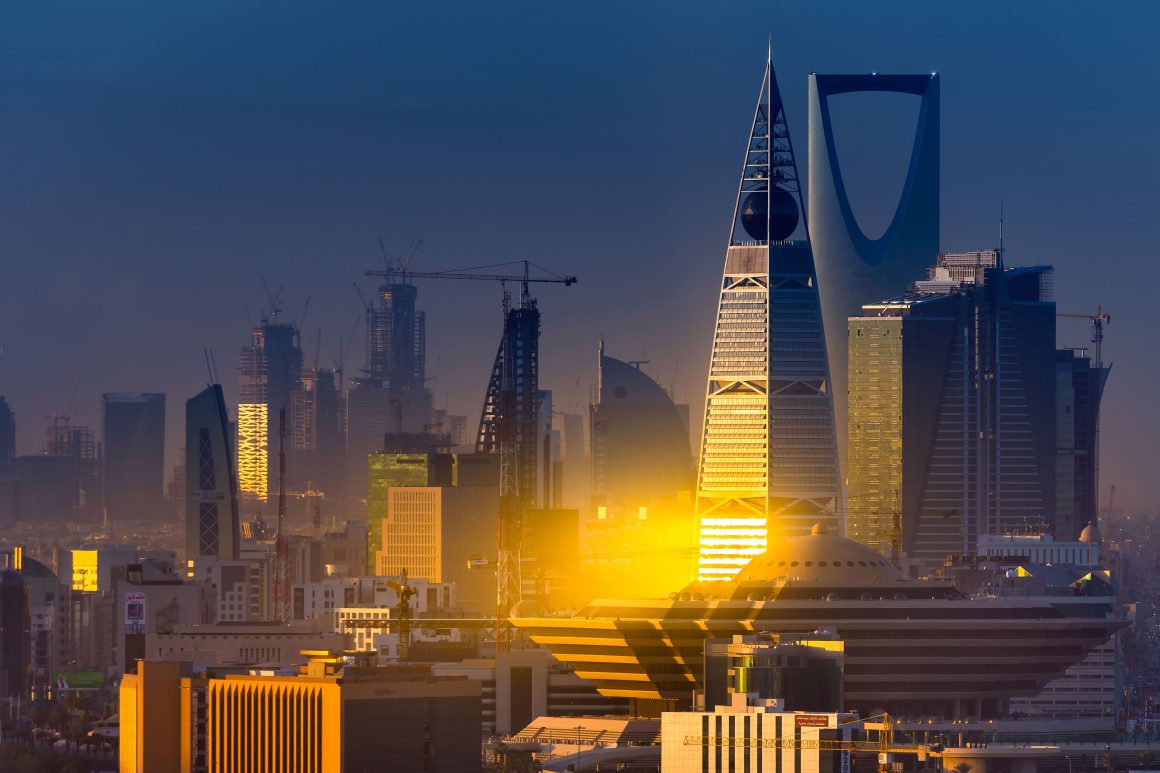Saudi Arabia, the largest economy in the Arab world, has revised its growth forecast for 2023 and anticipates a budget deficit this year as it increases spending to achieve its diversification goals. According to a preliminary budget statement from the Ministry of Finance, the kingdom expects a minimal real gross domestic product growth of 0.03 percent this year, primarily due to a voluntary reduction in oil production. This is a significant decrease from the previous growth estimate of 3.1 percent. However, non-oil sectors such as trade, hospitality, and tourism are projected to experience a growth rate of 5.9 percent. Saudi Arabia now predicts a deficit of 82 billion Saudi riyals ($21.86 billion) for this year, in contrast to its previous estimate of a surplus of 16 billion riyals. The country’s revenue for this year is projected to be 1.180 trillion riyals, while spending is expected to reach 1.262 trillion riyals.
Earlier estimates put revenue at 1.130 trillion riyals and spending at 1.114 trillion riyals.
In 2024, the kingdom expects a total revenue of 1.172 trillion riyals and a total expenditure of 1.251 trillion riyals.It also aims to boost spending to 1.3 trillion riyals in 2025 and 1.368 trillion riyals in 2026.
At the domestic level, the Saudi government “seeks to support economic growth by implementing a group of developmental projects and regional and sectoral strategies” as part of its Vision 2030 agenda, the Ministry said.
Hence, the government is diligently endeavoring to enhance government expenditure, which will have a profound impact, while simultaneously upholding fiscal sustainability in the medium and long run.
In response to the sluggish growth in China, the second-largest economy globally, and concerns of recession in developed economies, Saudi Arabia has significantly reduced its oil production to stabilize the market.
On Friday, Brent crude, which serves as the benchmark for two-thirds of the world’s oil, concluded at $92.20 per barrel, following several sessions of trading above $95.
The Ministry also said that the kingdom would post a budget deficit of 1.9 per cent of GDP next year, 1.6 per cent of GDP in 2025, and 2.3 per cent of GDP in 2026.Real GDP has been projected to grow by 4.4 per cent in 2024, 5.7 per cent in 2025 and 5.1 per cent in 2026.
The government expects “limited budget deficits” to continue in the medium term as a result of “expansionary” spending policies that support economic growth, the Ministry said.
The government will meet financing needs by borrowing and will seek to diversify its funding sources, it added.
Mazen Al Sudairi, an analyst at Al Rajhi Capital, stated that the anticipated revenue is expected to surpass the government’s budgeted revenue, primarily due to the additional performance-linked dividend by Saudi Aramco. Consequently, this suggests that the deficit may be marginally lower than the projected 82 billion riyals. Additionally, Al Sudairi mentioned that this situation allows for the possibility of increased spending beyond both government projections and our own estimations.
Saudi Arabia’s economy experienced a growth rate of 8.7 percent last year, which stands as the highest annual growth rate among the world’s 20 largest economies. This growth was driven by the surge in oil prices and the robust performance of its non-oil private sector.
However, the International Monetary Fund has revised its previous projection of a 3.1 percent growth rate for the kingdom’s economy this year to 1.9 percent. This downward revision is primarily attributed to production cuts and the decline in oil prices.
Growth in the kingdom is projected to pick up to 2.8 per cent in 2024, the Washington-based fund said in its latest World Economic Outlook update.
Last month, S&P Global Ratings affirmed Saudi Arabia’s rating at “A-/A-1” with a stable outlook and said the kingdom will benefit from higher crude production as well as growth in its non-oil economy next year.
“Reforms in the past few years, including measures to drive non-oil economic growth and widen the non-oil tax base, alongside significant social liberalisation, should continue to improve Saudi Arabia’s economic and fiscal profile,” the rating agency said.
Inflation in the kingdom is expected at 2.6 per cent for this year and will “remain at acceptable levels in the medium term” due to measures taken by the government to contain price increases, set a ceiling on gasoline prices, ensure an abundance of food stocks and social support programmes, the ministry said.

